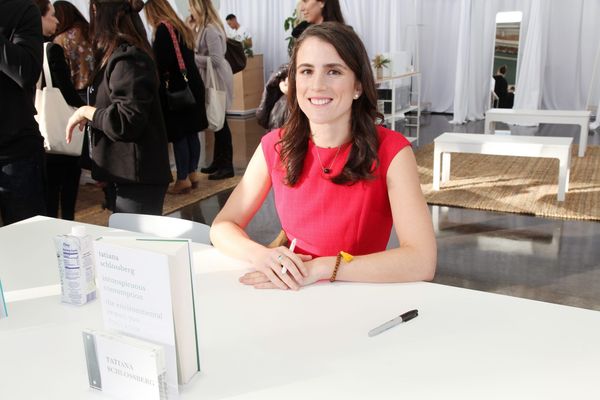
I went to the British Museum with my youngest adult daughter and her partner recently – and we were all shocked.
I’d been to the institution many times when I lived in London until two decades ago, and let’s just say there had never been any shortage of imperial plunder to shock and anger me. But the notable thing about our shared reactions when visiting on a recent late spring day was that the collection that so disconcerted us had not greatly bothered me on my last visit in 2003.
Times change. So, too, do people. Human sensitivities evolve with age and self-education and understanding. Unlike some institutions, however, which seem to remain largely intransigent.
What shook us all on the recent visit were the collections relating to (in the BM’s own words) “Egyptian death and the afterlife: mummies’’. Yep, the mummies. Dead people shrouded in cloth, some in open sarcophagi. The skulls, mandible, ribs and other body parts belonging to ancient people of the Nile valley were also on display.
The mummy rooms, as they are known, were certainly popular. Perhaps the busiest rooms we visited, to judge from the hordes of mums, dads, kids and schoolchildren scrambling to get up close and personal to the glass cabinets for a better look – and photograph each other with – were those that contained the dead.
“Mum – get a picture of my head right next to his.’’
The British Museum is among many institutions globally that still display human remains, although advances in museological ethics and approaches to how collections of the dead are curated (not to mention repatriation policies) mean the number is dwindling. It is clearly cognisant of the now rapid evolution in attitudes on institutional holdings and display of the dead as evidenced by its website which stresses “the Museum ensures that the human remains held in its care are always treated and displayed with respect and dignity’’.
The mummy rooms, with all those people struggling for selfies with dead people, did not entirely exude respect and dignity. Call me old-fashioned. No wait – call me progressive. Actually, no – just call me a regular human with more than a passing unease at the dead ending up anonymised into collection items and how they might have felt about this when they were alive.
I’ve written extensively about collections of human remains in Australian and overseas institutions, not least at the South Australian Museum where body parts belonging to some 4,600 individuals (most of them Aboriginal people) have at times been stored – though not recently displayed.
As a kid my dad would take me to the Melbourne Museum. I remember the mummies on display there. I was ghoulishly fascinated – though not shocked. Today I find displays of dead people shocking – and not at all fascinating – even if museums still advance the purported scientific benefits of holding such specimens. As specious as that argument is (advanced, for example, in the explanatory note about the decay of the teeth on skulls from the Nile valley, on display in the BM mummy rooms) it remains to be seen how it is served by the public display of such body parts.
Like the SA Museum, which no longer displays remains and has gone to lengths to repatriate and re-bury the dead from its collections where provenance can be determined, a growing number of institutions globally are choosing to no longer display human remains at all.
In the UK, an all-party parliamentary group has proposed that the public display of human remains, including the mummies in the BM, be stopped.
The chair of the parliamentary group Bell Ribeiro-Addy made the argument succinctly: “I would like people to imagine taking the remains of our monarchs to another country and putting them on display. Even if they kept them in their coffins, would we think that was acceptable?’’
Good question.
Many remains (perhaps thousands) belonging to Australian Indigenous people are still in overseas collecting institutions. Anthropologists from across the globe sought them in the 19th century to advance their perverse racially scientific theories (not least the pseudo-science of phrenology, which fallaciously proposed that racial characteristics, intelligence and personality might be determined by skull shape). Some were the victims of colonial massacres. Others were stolen from morgues and hospitals.
Even one of the world’s most confronting public collections of human remains, the Mütter Museum at the College of Physicians of Philadelphia, is facing a long-overdue reckoning about the future of its gruesome collection (including at one time the skull of an Australian soldier to which I brought global attention in 2017).
Times have changed, even if some globally revered organisations haven’t.
It’s beyond time for public collecting institutions, which claim to operate ethically and respectfully, to remove all human remains, including Egyptian mummies, from public display and, where possible, to repatriate them.
It is never OK to have them on public view as objects of entertainment.
• Paul Daley is a Guardian Australia columnist







